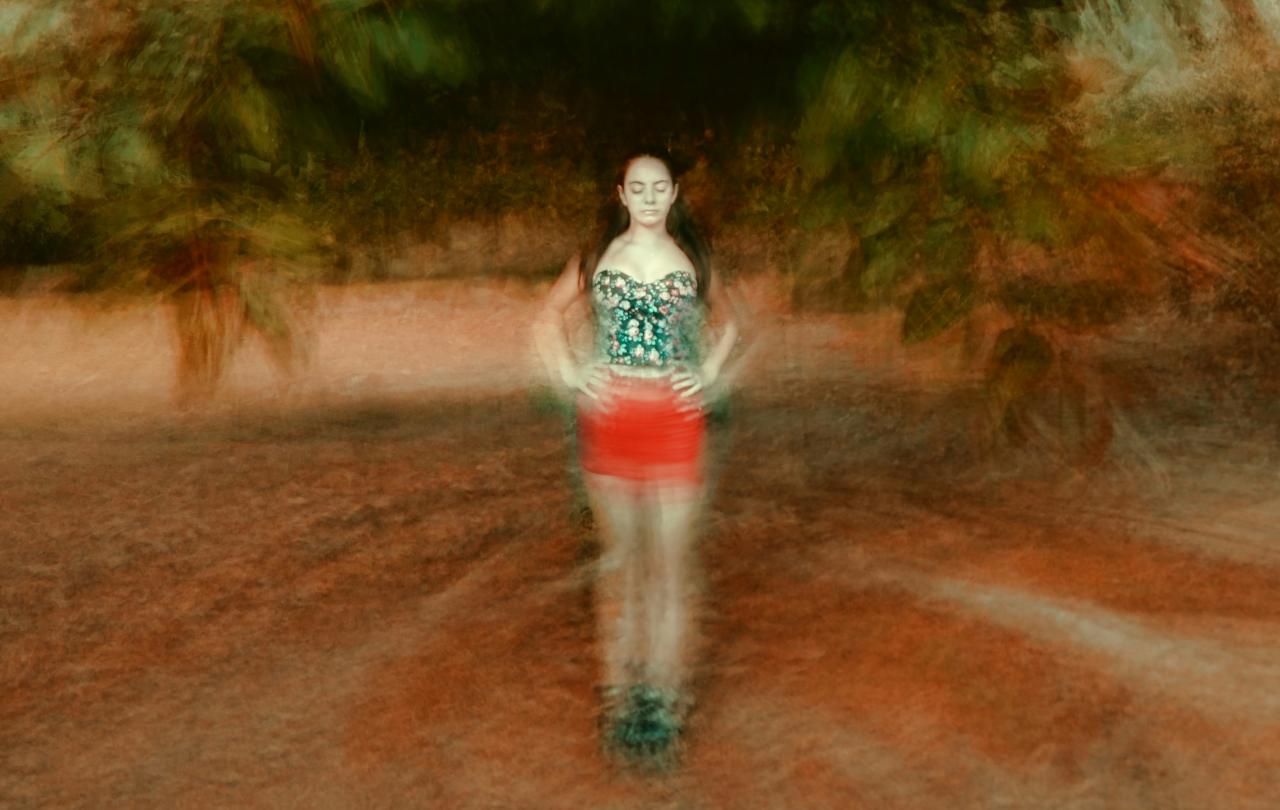
In a thriving Pentecostal Church on an English city street, a room full of worshippers are singing, clapping, dancing and throwing their hands in the air. The preacher cries “Come, Holy Spirit!” and there are cries of “Amen!” and “Yes Lord!” One person has tears on their cheeks.
A few doors down, a few dozen Anglicans also gather. Heads bent over their liturgy books, there is a hum of responses and an air of reverence. “Give us the joy of your saving help: and sustain us with your life-giving Spirit.” The altar candles flicker as the community settles itself into pews. The Holy Spirit is no less present to these worshippers, although they respond in a completely different way.
Both churches share one creed, in which they commit to their belief in God as the source of all things, seen and unseen. Whilst Pentecostal theologies tend to focus on the observable and unpredictable signs of the Spirit at work, many Anglicans would describe the Spirit in terms of an inner experience, perhaps one that is cognitive rather than physical. But either way, Christians share one belief – that God is present in the world, and we call that the Holy Spirit.
However, there are also hundreds of people who walk past both of these churches, week by week, who would never dream of setting foot inside. Many of them will think that anyone who believes in God is deluded or deceived. Such rationalist thinkers often have a strongly monist view of the world, in which everything, even mysterious things such as human consciousness and perception of non-physical entities, must have a physical or biological basis. As Ebenezer Scrooge says to the apparent ghost of Marley in Charles Dickens’ book, A Christmas Carol, “You may be an undigested bit of beef, a blot of mustard, a crumb of cheese, a fragment of an underdone potato. There's more gravy than of grave about you, whatever you are!”
It is almost impossible to convince someone who hasn’t had a first first-hand experience of God that anything like the Holy Spirit exists. Many nay-sayers, I suspect, quietly (or maybe not so quietly) believe that their unbelief is because they are more rational and maybe even more intelligent than those who get excited by such things. But there is another possible explanation for why some people apparently cannot, or will not, see the unseen.
The British education system is heavily orientated towards STEM. Even when more creative subjects such as literature find their way into the syllabus, they are often studied in a rather dry and analytical way. Notwithstanding the efforts of the occasional maverick teacher, I recall much time spent learning how to identify the iambic pentameter of Shakespeare, and little (if any) time learning to articulate how his sonnets made me feel. Such a system turns out good scientists, but it may be that in doing so it trains our young people out of being able to perceive a whole raft of things which are arguably just as important to human flourishing.
The world around us contains significantly more sensory input than our minds can process, so we simply don’t pay attention to most of it.
A “selective attention test” can quickly prove this point. I did one recently with a room full of psychology undergraduates, almost all of whom had identified as monists. “Since you guys are the brightest and the best,” I simpered “let’s do a little intelligence test. Apparently only five per cent of the general population get the answer right to this puzzle, but in this room, I expect the success rate will be a little higher…”
Having primed them by flattering their egos, I proceeded to show them a video called “The Monkey Business Illusion”, designed in 2009 by scientists Christopher Chabris and Daniel Simons. During the short film, a group of people pass basket balls to each other, and viewers are asked to count how many times the players wearing white shirts pass the ball. It seems simple enough, and when the film ended, I asked the students how many counted the right number of passes. Almost every hand in the room went up. No surprises there.
Then I asked the more important question – who saw the gorilla? There was a smattering of laughter, and this time only about half of the hands went up. Meanwhile, the other half of my students were looking around at their peers, utterly confused…
But it was true. In “The Monkey Business Illusion”, a person in a 6ft gorilla costume walks right across the middle of the scene, weaving through the players in the game. However, because most viewers are intently focussed on watching the players in white, they simply don’t perceive it. You can try this for yourself - the video I’m talking about can be found easily on YouTube, and if you follow the search term “selective attention test” there are many others like it.
The material point is that the world around us contains significantly more sensory input than our minds can process, so we simply don’t pay attention to most of it. If you pause for a moment right now, you might notice that there is the hum of a heater in your room, or the noise of traffic outside, or the smell of an air freshener, or that a piece of your clothing that is too tight – things you were simply not aware of until I pointed them out. It’s common that we don’t perceive things until something else makes us think that they are important. If someone tells you that your house might have structural damage, you will suddenly start to notice every creak that comes from your walls and ceilings, even though those creaks have probably been happening for years.
As social beings, we can be easily conditioned into paying attention to certain things and ignoring others. If I tell a group of students that intelligent people are highly attentive to the players in white shirts, I increase the likelihood that they simply will not notice a gorilla.
There is good research to show that children, even in our modern and secular society, are inherently spiritual – most young kids believe in God, or gods, fairies and the existence of many things unseen. But this is not celebrated in our STEM focussed education system, wherein young minds are highly conditioned to let go of such “irrational” beliefs and trust in the full explanatory power of science. It is so effective that, by the time they get to my classroom at university, I’ve got little hope of persuading any of my monists that there was a 6ft gorilla without showing the video again and letting them see it for themselves.
But there are always some people who are willing to challenge the idea that Marley was just an undigested bit of beef. There are always some people who attend churches of one type or another, or practice other forms of spirituality and religion. Some pray, some meditate, and many take part in rituals. This trains them in what anthropologist Tanya Luhrmann calls “micro-processes of attending”, leaving them more ready to perceive spiritual things instead of screening them out of their conscious awareness. How they respond might depend on preferred tradition – dancing, liturgy, or a little bit of both. But all agree that there is something going on that is unseen and important.
Many STEM educated, highly rational and fully committed monists no doubt think that those who attend churches are deluded and deceived into perceiving unseen things are simply just not there. These nay-sayers have been taught, implicitly and explicitly, that it is more intelligent to believe in the all-explanatory power of science. But perhaps it is they who have been deluded and deceived? As the Monkey Business Illusion demonstrates, if you flatter someone’s intelligence enough, it becomes entirely possible to hide a 6ft gorilla in plain sight.
Watch the Monkey Business Illusion
Celebrate our 2nd birthday!
Since March 2023, our readers have enjoyed over 1,000 articles. All for free. This is made possible through the generosity of our amazing community of supporters.
If you enjoy Seen & Unseen, would you consider making a gift towards our work?
Do so by joining Behind The Seen. Alongside other benefits, you’ll receive an extra fortnightly email from me sharing my reading and reflections on the ideas that are shaping our times.
Graham Tomlin
Editor-in-Chief





